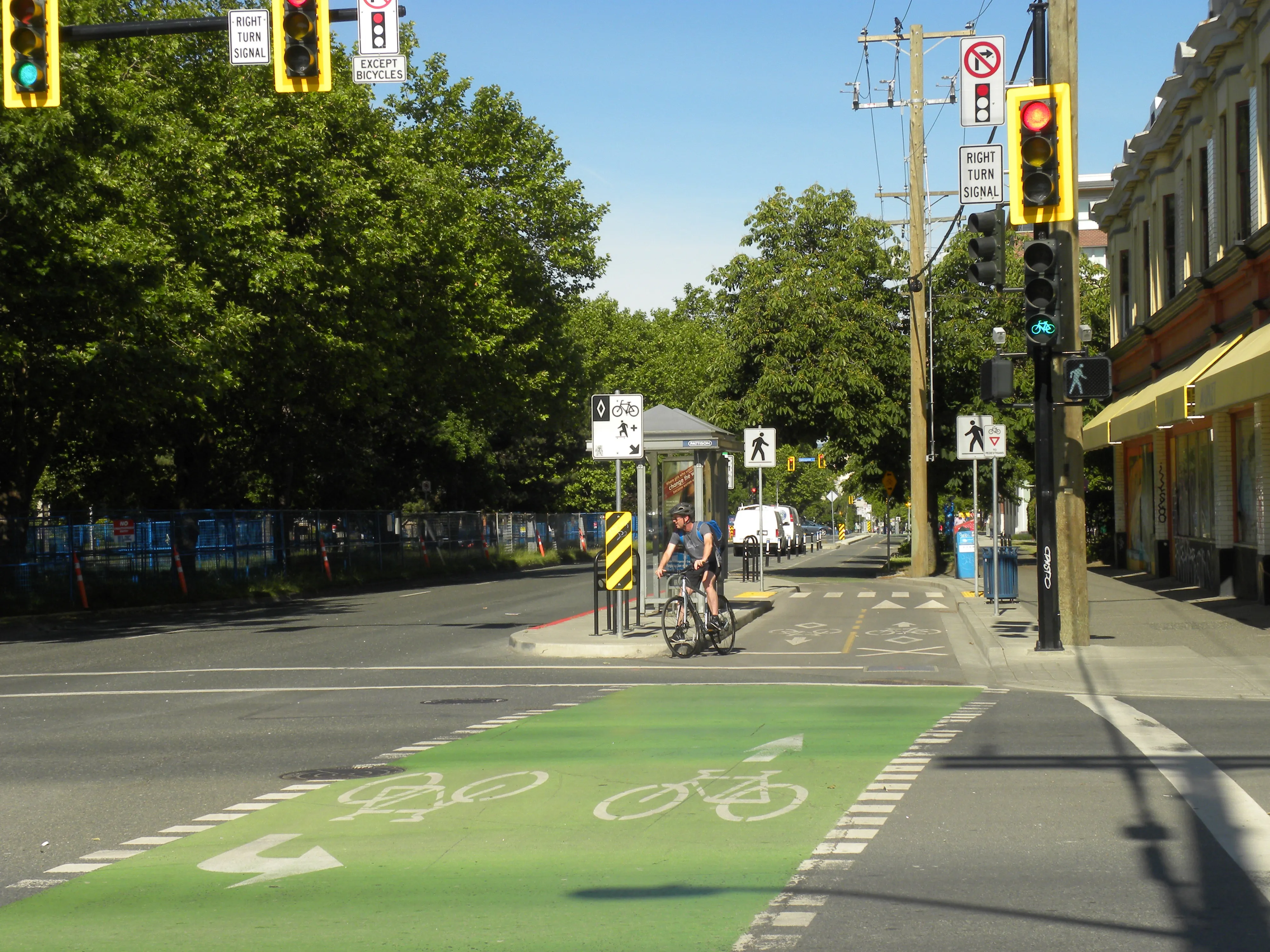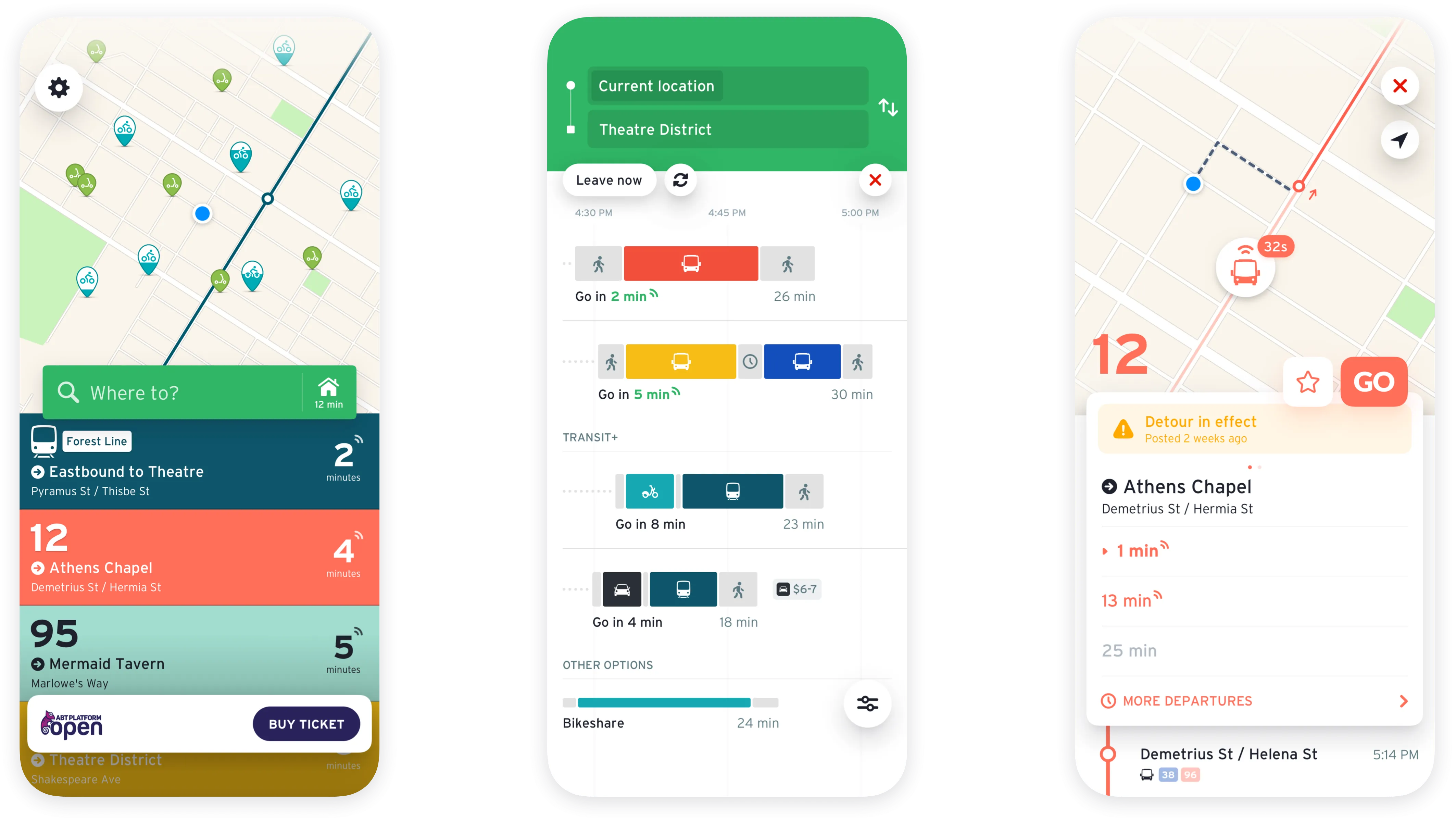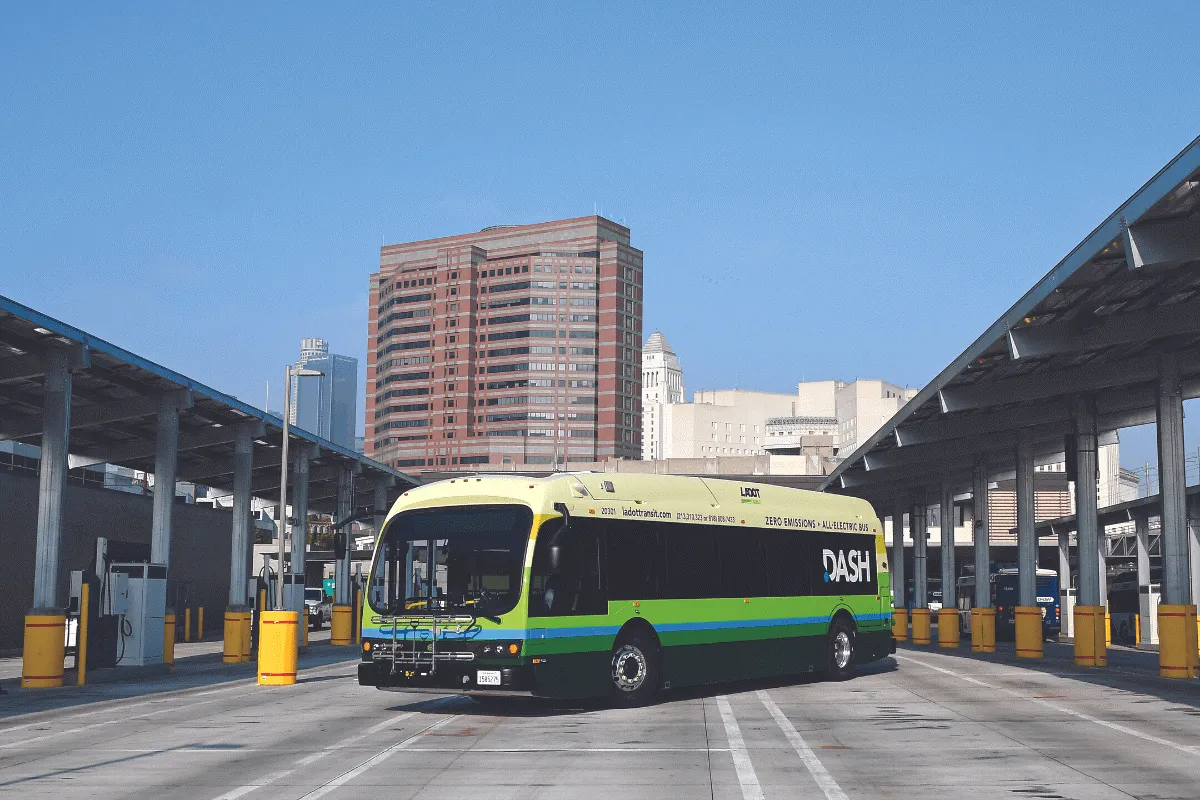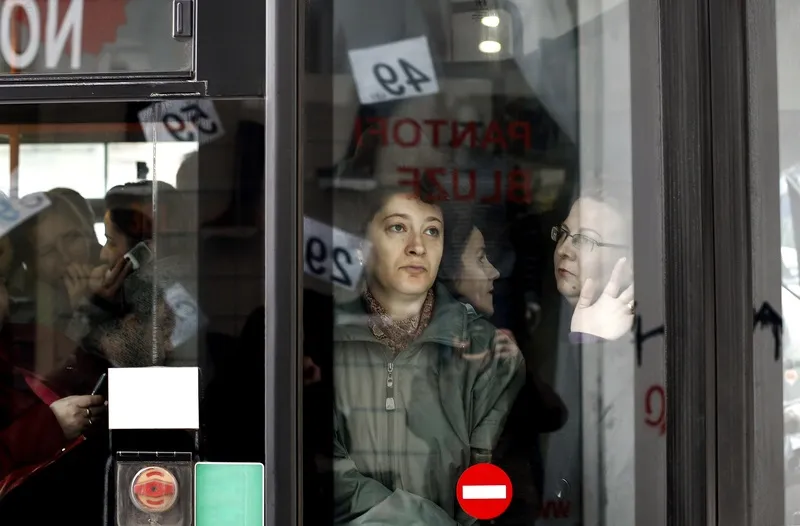
The Canadian government is investing Can$400 million over five years to help build new and expand networks of pathways, bike lanes, trails and pedestrian bridges.
The fund is part of an eight-year Can$14.9 billion public transit investment outlined by Canadian prime minister Justin Trudeau and minister of infrastructure and communities Catherine McKenna.
The new fund is expected to support people living in rural communities and places without active transportation.
Additionally, McKenna and parliamentary secretary Andy Fillmore have launched engagement for a strategy to help the federal government make smarter investment decisions to support the active transportation networks, promote walkable communities and support better data collection.
Canada's Active Transportation Strategy will be informed by input from members of the public, provinces, territories, municipalities, Indigenous communities and businesses.
Since 2015, the Government of Canada has invested in almost 650 km of active transportation trails, bike and pedestrian lanes and recreational paths.
Projects include the Grouse Mountain Regional Park trails in North Vancouver, the Flora Foot Bridge in Ottawa, a bikeway extension in Corner Brook and a new cycling path along the Mine, Notch and Kingsmere corridor in Chelsea, Quebec.
Last month, the Canadian government confirmed plans to invest $can15bn for public transit projects over the next eight years.









